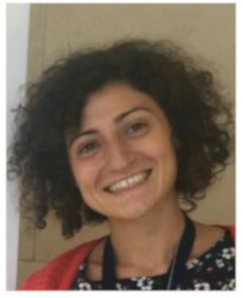Cited By
View all- Delnevo GTumedei GGhini VPrandi C(2024)Toward a Digital Twin: Combining Sensing, Machine Learning, and Data Visualization for the Effective Management of a Coastal Lagoon Environment2024 IEEE 21st Consumer Communications & Networking Conference (CCNC)10.1109/CCNC51664.2024.10454647(1-6)Online publication date: 6-Jan-2024



